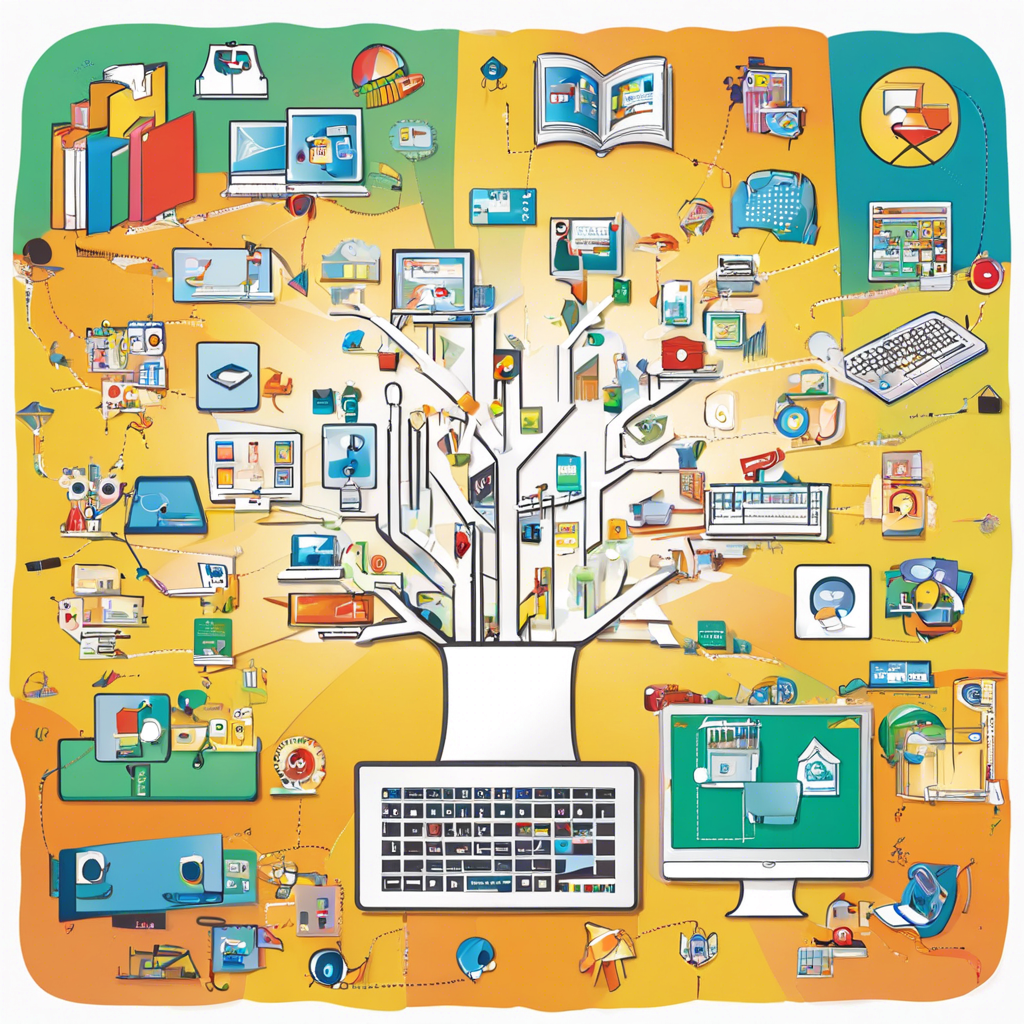Exploring the impact of technology integration in early childhood education, enhancing learning experiences.
The digital age has ushered in a new era of learning, and the field of early childhood education is no exception. With the ever-evolving landscape of technology, there is a growing interest in integrating digital tools into the classroom to enhance young children’s learning experiences. This article delves into the role of technology integration in early education, exploring its benefits, challenges, and best practices to ensure a successful and meaningful implementation.
In today’s world, children are exposed to technology from a very young age. This familiarity presents a unique opportunity for educators to leverage technology to support learning and development. However, the integration process requires careful consideration and planning to ensure it aligns with the specific needs and developmental stages of early childhood.
##
Benefits of Technology Integration
Technology offers a plethora of benefits when integrated thoughtfully into early childhood classrooms.
###
Enhanced Engagement
Interactive digital tools can captivate children’s attention, making learning more fun and engaging. Educational games and multimedia resources can help teachers present complex concepts in a more accessible and entertaining manner. For example, interactive math apps can turn a seemingly abstract concept into a game, fostering a deeper understanding. To learn more about these interactive learning experiences, visit [Interactive Learning Platforms](https://www.example.com/interactive-learning) and explore the possibilities for your classroom.
###
Personalized Learning Experiences
Technology allows educators to tailor learning experiences to individual needs. Adaptive software and personalized learning apps can adjust content and pacing based on each child’s progress, ensuring they receive the right level of challenge and support. This personalized approach can significantly impact learning outcomes, especially in diverse classrooms.
###
Development of Digital Literacy
Early exposure to technology helps children develop digital literacy skills that are essential in today’s world. From learning how to navigate digital interfaces to understanding online safety, these skills lay the foundation for their future interactions with technology, both in education and beyond.
##
Challenges and Considerations
###
Choosing Age-Appropriate Technology
The challenge lies in selecting technology that aligns with the developmental stages of young children. It is crucial to ensure that the chosen tools are age-appropriate, both in terms of physical design and cognitive engagement.
###
Balancing Screen Time
A common concern with technology integration is the amount of screen time it may introduce. Educators must carefully manage screen time, ensuring it is balanced with other essential activities such as physical play, social interaction, and outdoor exploration.
##
Effective Strategies for Implementation
###
Teacher Training and Support
Successful technology integration relies on teachers’ proficiency and confidence in using digital tools. Providing comprehensive training and ongoing support to educators is essential. This includes not only technical skills but also strategies for integrating technology into lesson plans effectively.
###
Integrating Technology Across the Curriculum
Technology should not be an isolated component of the curriculum but seamlessly integrated into various subjects. For instance, using tablets for digital storytelling can enhance language arts, while interactive math apps can support mathematical concepts. This integration ensures technology serves as a tool to reinforce learning across the curriculum.
##
Frequently Asked Questions
###
How can technology benefit social-emotional learning?
Technology can support social-emotional development through interactive games and activities that foster collaboration, empathy, and self-regulation. For example, digital storytelling tools can help children express their emotions and enhance their communication skills.
###
What are some recommended digital tools for early childhood education?
Recommended tools include interactive whiteboards, educational apps like Khan Academy Kids, and platforms that facilitate digital storytelling. These tools offer a range of engaging activities while providing educational content.
##
Conclusion
Integrating technology in early childhood education can significantly enhance learning experiences when done thoughtfully. By selecting age-appropriate tools, balancing screen time, and ensuring teacher proficiency, technology integration can support personalized learning, engage young minds, and foster digital literacy. However, it is crucial to remember that technology should complement, not replace, traditional teaching methods and play-based learning, which remain fundamental to early childhood education.
